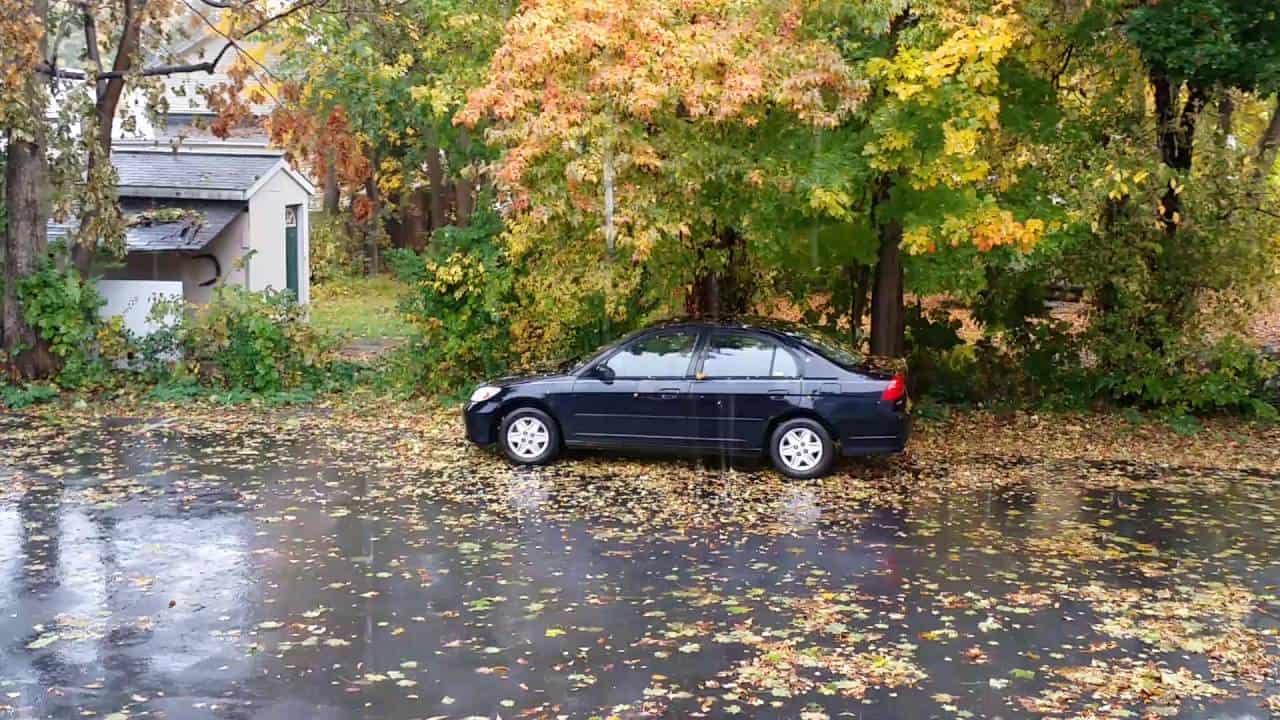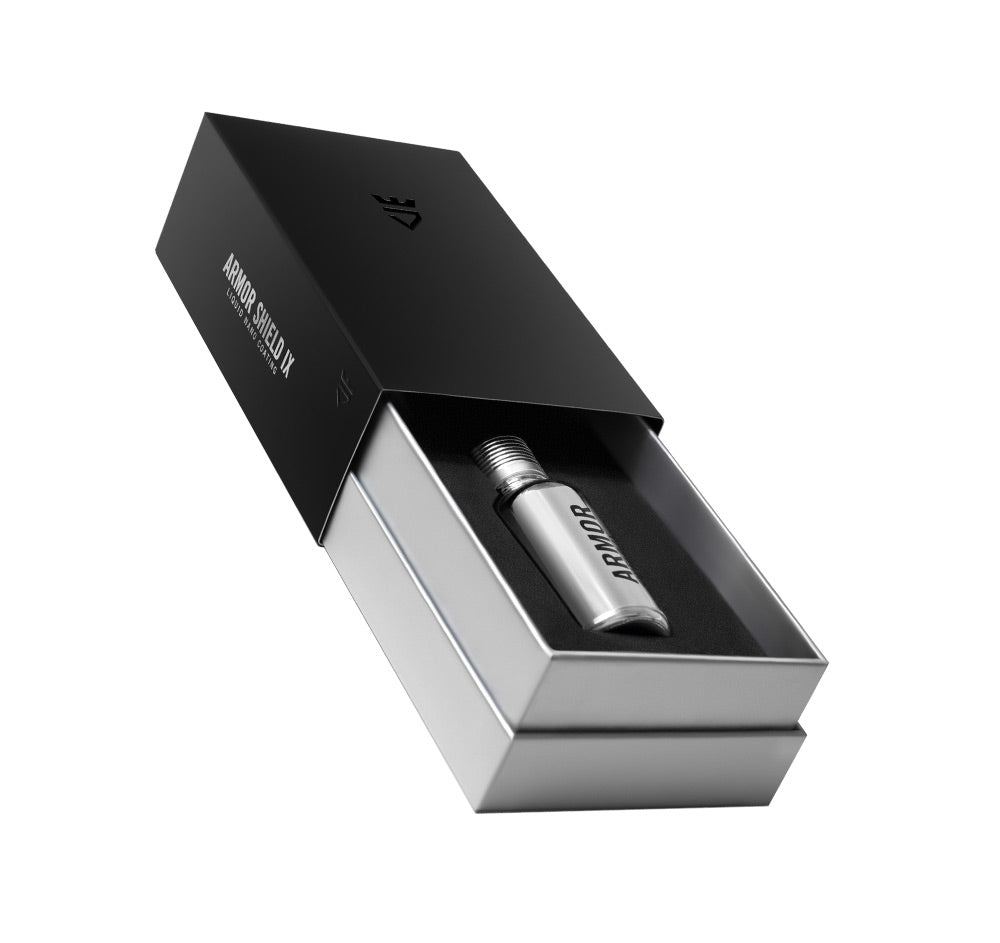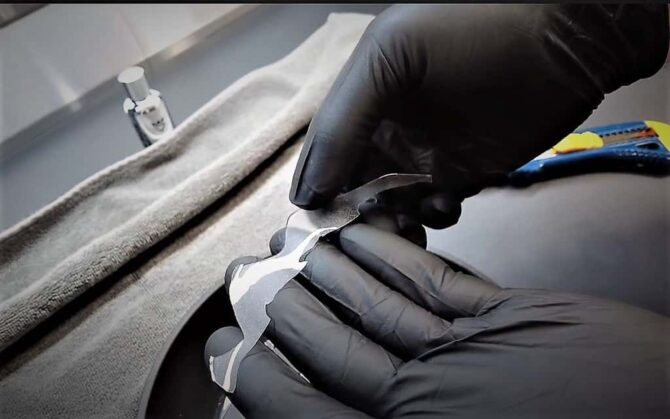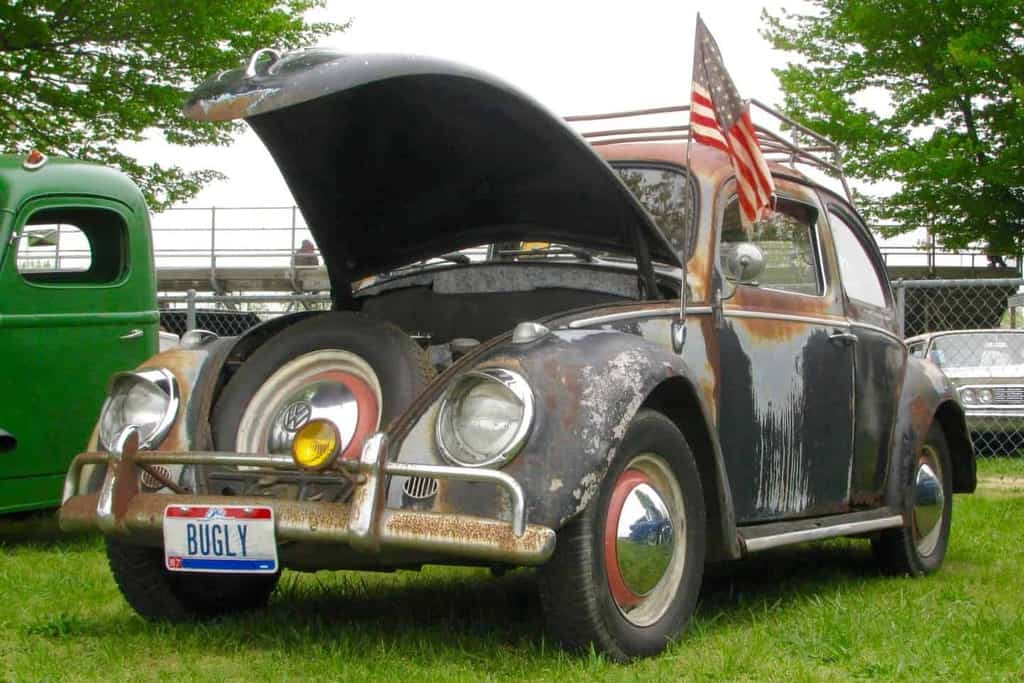It seems that every time you turn around, there is a new “Official” day or month. October is no exception. From National Hair Day (seriously – I’m so fucked on this day) on the 1st, to Be Bald and Be Free Day on the 15th (now I can get behind that one) – there is literally a special occasion to celebrate every day during the calendar year.
While many of these are marketing or publicity stunts, there are times when awareness campaigns throughout a month are quite educational and helpful. The month of October is Breast Cancer Awareness month – but it’s also Fall Car Care Month – as established by the Car Care Council, a 501(c)(3) organization funded and directed by the Auto Care Association. to According to The Car Care Council,
As the calendar turns to the fall month in North America, the opportunity to focus on some important car care routine maintenance and service recommendations become easier for many folks.
So, today we’re going to talk about overall car care – specifically, a few important items that all car owners should check, replace, or repair before the winter months.
We’ll also stay in our lane a bit, to talk about why it’s so important to stay on top of keeping your car clean and free of contaminants. Hell, we might even throw in a few tips for protecting your car from exposure to harmful elements that can cause havoc on paint, headlights, windshields, and plastic trim as the winter weather approaches.
Tips for Fall Car Care

It’s quite common to chill out in summertime when it comes to car care. Whether it’s driving the car to the automatic car washes, slapping on a car cover or applying car wax on the car on a relaxing Sunday morning, the summer introduces several opportunities to lapse on car care.
While it’s convenient to use that cheap car wash and just as easy to have that wax applied automatically, it really can lead to possible paint issues. But, that’s not what we’re talking about today.
The summer months can cause excessive wear and tear on your vehicle, simply due to the increased temperatures. But there are other attributes that contribute to the abuse of automotive parts and pieces that are designed to wear out.
Summer Thunderstorms

Many regions in the US are exposed to rather aggressive weather from June through September. Here, in my home state of Arizona, we call it the Monsoon season, where tropical moisture from the Pacific Ocean and the Gulf of Mexico combine to create an optimal situation to create rain and thunderstorm situations.
Obviously, with excessive rain comes the need to use windshield wipers more frequently, have tires that have better traction, and brakes that apply smoothly, to avoid tire lockup and potential accidents. However, additional exposure to moisture can also cause alternator or steering pump belts, AC belts, and even cooling system hoses to wear out sooner than they should.
As the fall season approaches, the average temperatures will begin to drop – especially the low temperatures at night and the early morning hours. This introduces another common fall or autumn season issue – lower tire pressure.

While many new tires are filled with nitrogen (which is less susceptible to rising and lowering air pressure due to atmospheric or ambient conditions than regular ‘air’), it’s still possible for tire pressure to naturally drop as the outside temperatures.
It’s due to these summertime issues, along with the extreme weather that quickly approaches a few months after, that fall car care is essential.
What Could Your Check Engine Light Be Telling You in Fall?

The check engine light is triggered by the OBD-II (on-board diagnostics system) anytime a sensor indicates a failure or problem with a vehicle system. This creates an OBD-II warning code which can be downloaded by a professional mechanic or car owner with a digital scanner.
However, what’s not commonly knowns is that many warning codes are triggered simply by worn out or poorly connected sensors and wiring harnesses. So, if your check engine light is illuminating, it can be a false indicator light. Nonetheless, it’s something that should be resolved and discovered as quickly as possible, to avoid other mechanical problems.
Here are a few tips to consider when you see a check engine or warning indicator light on your dashboard:
- First, if you have an OBD-II diagnostic scanner, plug it into the port and download any warning codes.
- Second, cross-reference your OBD-II trouble code with your vehicle service manual. If you don’t have a service manual – buy one or contact your local dealership.
- Third, determine the root source of the trouble code and inspect the sensor and wiring harness. If the sensor is old or if the wiring harness if frayed, damaged, or loose, replace them both. Clear all your codes and see if this resolves the problem.
If the code returns, contact a professional mechanic.
How Do You Know It’s Time for Brake Service in Fall?
Brakes should be serviced as recommended by the vehicle manufacturer – period, end of the story, no more discussion. Automotive brakes are responsible for safely stopping a vehicle. As such, it’s not something you want to hold off on replacing until you see warning signs of failure.
Always check with your vehicle’s service manual or check out this link to look up your scheduled maintenance, which is a free tool offered by YourMechanic.com.
What are Common Suspension Problems in Fall?
The extra rain and high winds in summer can also create potholes in the roads we drive. Every time a wheel hits a pothole, it introduces a potential for popping a tire, bending a wheel, and causing the front end or rear suspension to fall out of alignment. It can also cause premature wear on suspension components, which then become loose, and eventually – fall out of alignment.
If the suspension simply falls out of alignment, you can have it professional reset. However, under most circumstances, the reason it’s poorly adjusted is due to wear and tear of bushings and other components fastened to the chassis, steering, or suspension system. This usually indicates that it’s time to replace them.
Other General Items to Check or Replace in Fall

The fall season introduces a great opportunity to plan for the winter weather that approaches in your region. As such, it’s a good idea to proactively complete a few important routine services or replacement projects on a few vital safety and operational systems:
Replace your wiper blades. This is especially important for those who live in cold weather climates.

Complete an oil change. You should always replace the engine oil and filter as recommended by your manufacturer. However, fall is a great time to complete this as many local shops offer discounts and promotions.
Flush the Coolant System. Many car owners are confused by this, as temperatures tend to reduce during winter – right? Well, that’s true, but the reason for flushing the coolant system has nothing to do with keeping the engine cool. It has everything to do with flushing sludge through the system which includes the heater core on most combustion engine-powered vehicles.

Replace the Battery. This is another item that should be replaced as recommended by the manufacturer, but the proactive car owner will replace before the winter season. Cold weather causes batteries to lose amps, which are critical for starting an engine.
Repair or Protect the Windshield: One way to stay ahead of windshield visibility issues is to replace it if any cracks exist or repair those small chips. Once that happens, take the proactive measure by protecting the windshield by applying a ceramic coating. This will help repel water, making the windshield exceptionally hydrophobic, and permitting you to increase visibility during those winter storms.

Inspect Tires and Change if Needed: Depending on the type of car, truck or SUV you have, it might be a good idea to purchase new tires in the fall season. All-season tires should always be replaced in pairs (on the front or rear wheel only vehicles) and all four on 4WD vehicles. You should replace tires if your DOT number is older than five years, or if the tread depth is less than 3/32nd of an inch. Check your owner’s manual for recommended tires to purchase.
A few other items to check include having a professional mechanic inspect your brake linings, power steering system, complete a wheel alignment, and any warning indicator lights.
How Autumn Affects Your Cars Paint

The vehicle maintenance tips above are quite important to follow. But now we’re going back into our lane here. The fall season is nice and temperature for many places in the USA. It’s quite common for leaves to start “falling” from the trees, which tend to impact your car. Now, most leaves are quite brittle, and won’t damage your paint.
However, when you combine leaves with wet weather, they can stick to the surface, and slowly begin to eat away at your clear coat.
What’s not commonly known is that autumn leaves contain tree sap, pollen, and acids. When the leaf is wet and sticks to the paint surface, it will begin to decompose and can leave stains. This introduces these contaminants to the clear coat and can act like bird droppings and bug splatters.
What is the Best Way to Protect Your Car for Fall Weather?

Moving parts that are designed to wear out should be replaced as recommended by the manufacturer. However, most of your daily driver is exposed to elements and can be protected by applying a ceramic coating like Armor Shield IX.
A ceramic coating can be installed on automotive paint surfaces, glass windshields, custom or OEM wheels, headlights, bumpers, plastic trim, fiberglass, carbon fiber, and virtually any porous surface. It’s a protectant that is guaranteed to last 2 years, and is often known to last up to 5 years.
It makes the surface of the vehicle resistant to sticky items, like bug splatters, bird poop, leaves, tree sap, and more. It’s also great for blocking road grime, salt or mag chloride used on cold weather roads, and even snow and ice build-up.
A DIY ceramic coating is simple to apply but does require a bit of prep work to ensure it’s optimal. The best time of year to apply ceramic coatings is the fall season, as average temperatures hover from the mid-60’s to lower 70’s – which is prime time conditions for installing a DIY ceramic coating like Armor Shield IX.












